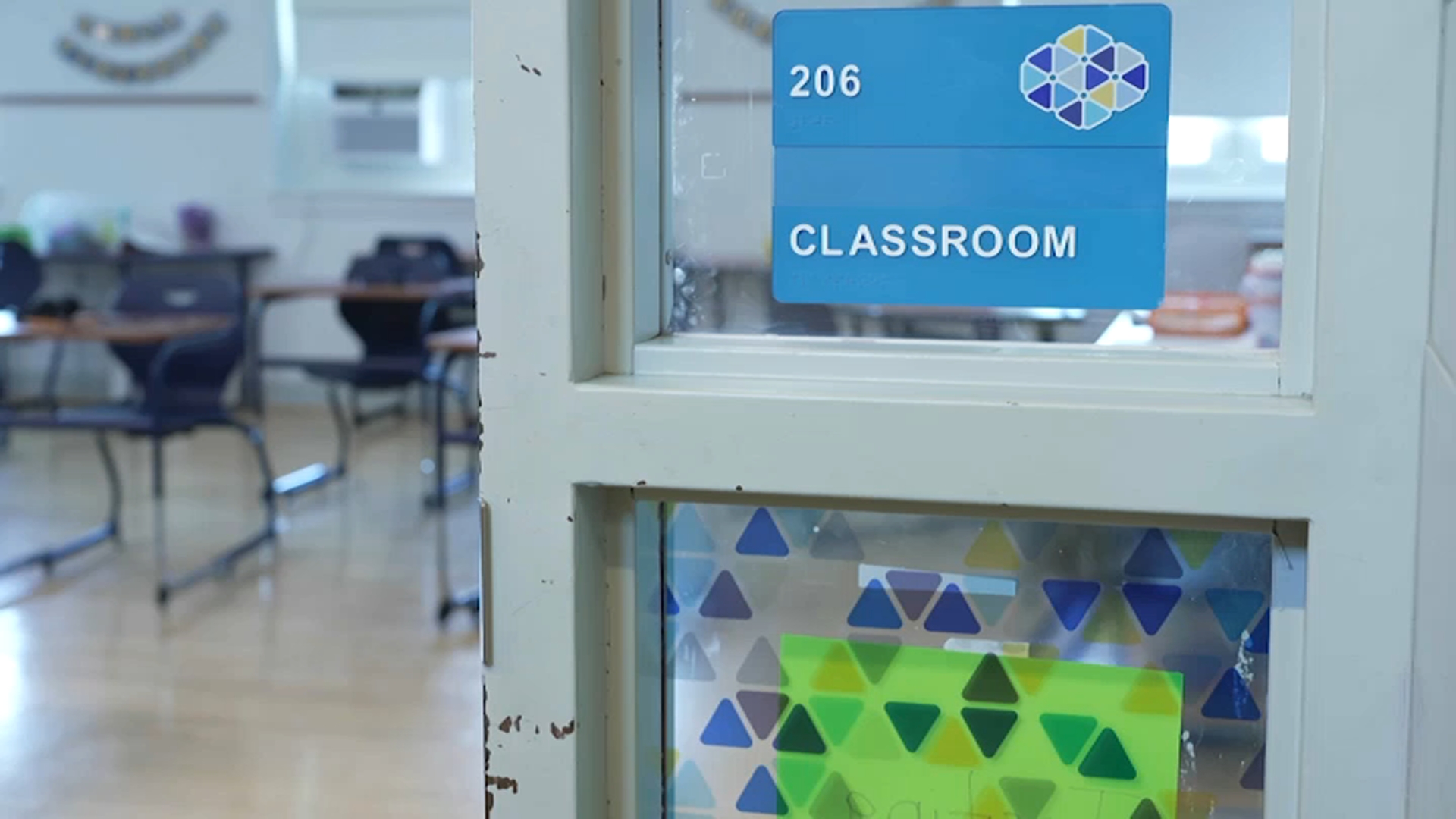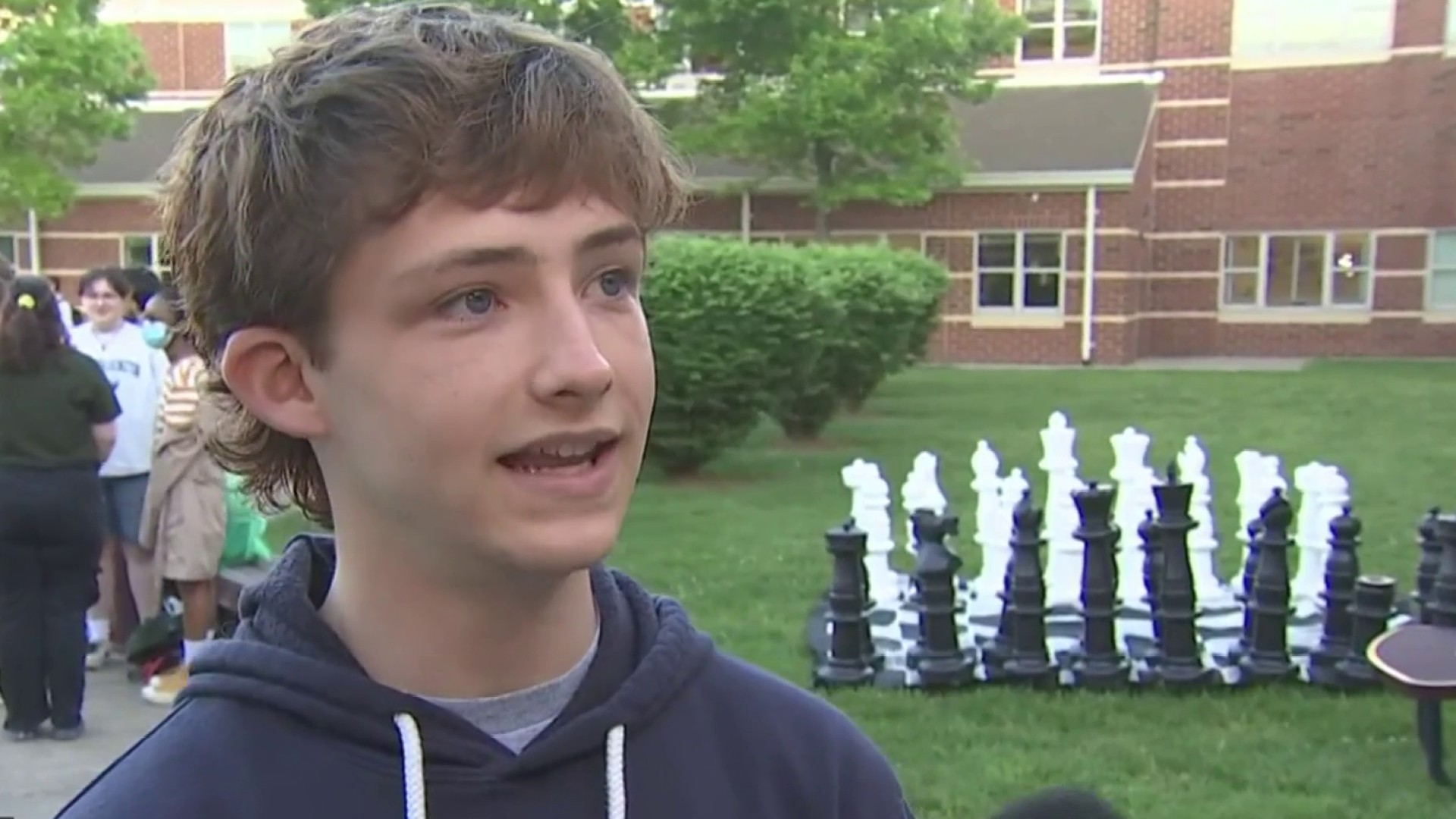From a YouTube video called “We Come to School” to signs posted on restaurant bulletin boards saying “We Miss You” to special software, Stafford County Public Schools is working hard to reduce chronic absenteeism among students.
The trend emerged post-pandemic, as more kids than ever before were chronically absent. That’s defined as when students miss more than 10% of school days, or 18 days per year.
As schools across the country battle chronic absenteeism, here’s how Stafford County educators said they’re making progress.
“Prior to COVID, we were sitting at a 10 to 11% absenteeism, and now we’re, last year our stats were 20, 21%” said Ann Bueche, the chief student support services officer.
We're making it easier for you to find stories that matter with our new newsletter — The 4Front. Sign up here and get news that is important for you to your inbox.
This school year, those numbers are declining. Hartwood Elementary is a prime example. Chronic absenteeism has fallen from 16% last year to 10% today.
“The focus for this area is relationships and connectedness,” Principal Brian Raska said.
The principal said that starts with teachers calling home after a child misses a couple of days. Teachers have a template they can follow for those phone calls.
The conversation starts by mentioning some positives before finding out what kept a child home. Raska said it’s key to identify barriers, which can range from anxiety to housing issues to transportation problems.
At Hartwood, staff can get special DMV approval to pick up a student and bring them to school if they miss the bus.
Across the school district, if a student’s absences start mounting, the child is assigned a check-in person.
"Do a pulse check," Bueche said. "How is everything going? Are you ready for your day? That sort of thing. An adult that is kind of supporting them throughout the day if they need, if they're having trouble during the day, they have a go-to person."
Involving parents in the plan is key.
“Whether it’s students require home visits, or maybe we need to bring in a parent to put together an attendance plan. They really have an all-hands-on-deck approach,” said Marcie Rice, the executive director for high school leadership.
So far this year across the school district, chronic absenteeism has dropped to between 17% and 18%. It’s progress, but the campaign has much bigger goals.
Sign up for our Breaking newsletter to get the most urgent news stories in your inbox.
“[We’re] nowhere near satisfied. We still have work to do,” Rice said.
There’s something else important that parents need to know: Excused absences still count as absences, and even those can lead to chronic absenteeism.



